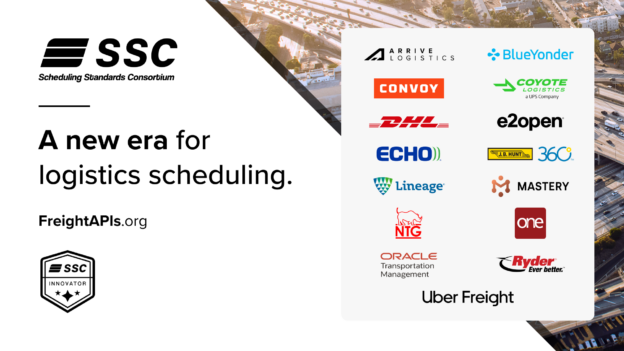Sustainable pricing: Is the traditional freight RFP dead?
Industry Insights • Published on September 7, 2018
September/October 2018 Market Update
We’ve said this before: volatility in the freight market has been unprecedented. Over the last 12 months, hurricanes, tariffs, and electronic logging device (ELD) regulations, combined with ongoing shortages have significantly impacted the freight industry. As a result, many of the traditional methods in supply chain aren’t working anymore.
This year, many shippers saw their routing guides fall apart, causing chaos within many procurement teams. Service failures increased and shippers were faced with ad hoc spot pricing to cover their freight, resulting in skyrocket operational costs. As we come down from a mid-year peak and into RFP season, shippers are thinking of creative ways to reduce transportation costs. Is it time for shippers to consider alternatives to the traditional freight RFP?
The short answer: not yet. RFPs still add a level of reliability to an unpredictable market. They are also a great way to set the foundation for partnerships and give new carriers the chance to share their pricing. The RFP can still work if it goes beyond just evaluating pricing offers and if shippers are transparent and flexible throughout the year.
To improve your RFP process, consider the following:
- DO think long-term: While many shippers look at current market prices when evaluating rates, it’s important to think about annual trends. For example, lanes that are affected by seasonality can be reevaluated on a quarterly basis or a flat percent increase can be factored in during peak season to prevent loads from going to spot.
- DON’T just focus on price: Procurement wants to complete the RFP with the lowest cost possible. But you also want carriers to accept your loads throughout the year so you avoid surge spot pricing during peak seasons. Taking service into consideration can actually save you money in the long run.
- DO consider program offerings: In the age of data and innovation, give special consideration to carriers who can set your supply chain up for long-term success and bring it to the future. For example, Convoy’s Tiered Backup automatically accept/rejects loads based on market seasonality, strengthening your backup tree.
- DON’T leave out information: Provide information on everything carriers need to know about a lane. This includes annual/monthly/weekly volume, facility hours, commodity, and anything undesirable about the lane. This allows carriers to provide fair rates so they don’t have to give back the lane in a couple of months because they cannot service it at their contract rate.
- DO make the process personal: Have an open dialogue with carriers before pricing rounds to explain your goals for the year and how the carrier can fit into that strategy. This helps you align with carriers that are in sync with your organization and strengthens partnerships.
- DON’T take too long: Carriers scramble to submit pricing by strict deadlines but often wait weeks for shippers to respond. Try to be efficient and provide updates to carriers who are waiting to hear back.
Read Convoy’s Guide to Developing a Freight Transportation Strategy.



